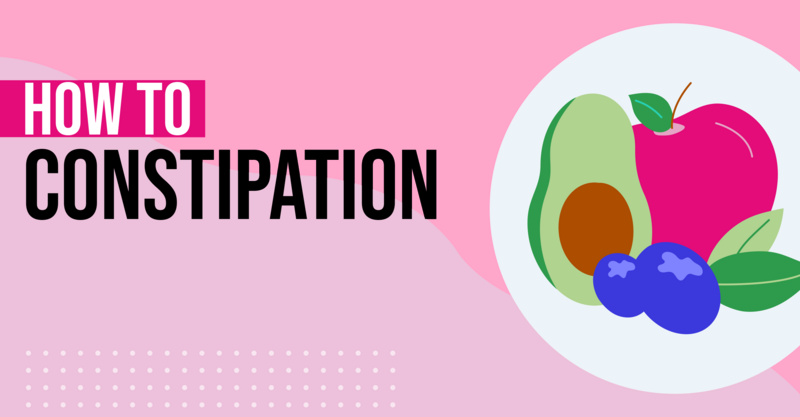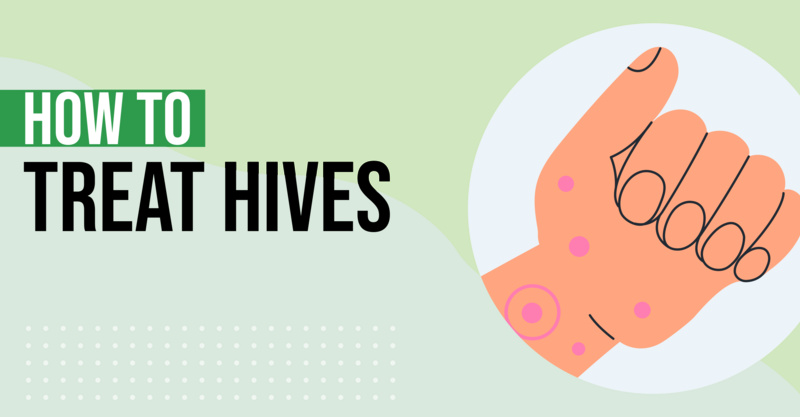Key Points
- Endometriosis is a condition where endometrial tissue grows outside the uterus, causing symptoms such as pelvic pain, infertility, and heavy menstrual periods.
- Causes of endometriosis can range from hormonal imbalances and genetics to menstrual flow problems and abdominal surgery.
- Prevention methods for endometriosis include regular exercise, maintaining a healthy weight, a balanced diet, reducing alcohol and caffeine intake, and using birth control.
- Treatment options for endometriosis vary, including hormonal birth control, over-the-counter pain medicines, acupuncture, chiropractic care, nutritional supplements, and surgery.
Possible Symptoms for Endometriosis
- Pelvic pain, especially during menstruation
- Chronic lower back pain
- Infertility
- Fatigue or low energy
- Diarrhea
- Constipation
- Bloating
- Nausea
- Abdominal pain or pain in the intestine
- Heavy menstrual periods
- Spotting or bleeding between periods
- Painful menstrual cramps that become progressively worse over time
- Pain during or after sexual intercourse
- Pain during bowel movements or while urinating, especially during menstruation
Top 7 Endometriosis Causes
1. Hormonal Imbalances
High estrogen levels are strongly linked to endometriosis. Hormonal changes that occur during menstruation, ovulation, perimenopause, and menopause may also cause endometriosis.
Estrogen thickens the lining of the uterus during the menstrual cycle, which means higher amounts of estrogen can increase the amount of endometrial tissue. While this may not cause endometriosis directly, higher estrogen levels can cause endometrial tissue to keep growing even if it is not inside the uterus. In some instances, the immune system can be overwhelmed by excess estrogen in the body and fail to destroy this tissue as it should—increasing the risk for endometriosis.
2. Genetics
Endometriosis may be genetically inherited. Women who have a mother, sister, or daughter with endometriosis are generally at greater risk for developing this condition.
3. Immunity Problems
A weakened immune system may be unable to find and destroy endometrial tissue growing outside of the uterus that causes endometriosis. This health condition tends to be more common in women who are diagnosed with cancer and immune system disorders. Lupus, rheumatoid arthritis, and multiple sclerosis are just some autoimmune disorders that have been linked to endometriosis in women.
4. Menstrual Flow Problems
In some women, menstrual blood and tissue flow backward through the fallopian tubes instead of through the cervix. This is known as retrograde menstrual flow, or retrograde menstruation. The immune system can normally prevent endometrial tissue from growing in places it does not belong, but a weakened immune system may not have the ability to destroy this tissue outside the uterus. Over time, problems with menstrual flow can lead to endometriosis.
5. Abdominal Surgery
Surgeries performed in the abdominal region such as hysterectomy or Cesarean section can cause endometrial tissue to be displaced to areas outside of the uterus. For example, endometrial tissue can attach to incisions and scars that result from abdominal surgeries, causing endometriosis.
6. Transport of Endometrial Cells
In some women, the lymphatic system and blood vessels may move endometrial cells from the lining of the womb to other parts of the body. These cells will remain outside of the uterus if the immune system does not destroy them.
7. Peritoneal Cell Transformation
Hormonal imbalances, weakened immunity, and inflammation are factors that can cause peritoneal cells to transform into endometrial cells. The peritoneum is the membrane lining the abdominal cavity that supports organs such as the stomach, colon, and intestines. Since the uterus is located behind the peritoneum—and not inside—the growth of endometrial cells inside the peritoneum can lead to endometriosis.
6 Ways to Prevent Endometriosis
1. Exercise Regularly
Staying physically active helps regulate the body’s estrogen levels and reduces your body fat percentage to reduce the risk for endometriosis. Getting at least 150 minutes of moderate-intensity exercise or 75 minutes of vigorous-intensity aerobic exercise every week will help you stay healthy. Swimming, biking, and speed-walking are just some forms of regular aerobic exercise that may help prevent endometriosis.
2. Lose Excess Weight
Fat cells are shown to produce excess estrogen, which is a risk factor for endometriosis. Losing excess body fat can help regulate hormones and prevent estrogen levels from rising too high. Eating less sugar, staying physically active, getting plenty of quality sleep, and working with your doctor on developing a health plan will help you lose excess weight and avoid endometriosis.
3. Eat Healthy Foods
Fruits, vegetables, and leafy greens are some healthy foods that are found to naturally reduce the body’s estrogen levels and stave off endometriosis. Increase your intake of blueberries, broccoli, apples, carrots, peaches, and other fruits and vegetables to benefit from lower estrogen levels. Soy, flaxseed, essential B vitamins, and omega-3 fatty acids, such as those found in mackerel, tuna, and salmon, are also effective at naturally reducing high estrogen levels.
4. Reduce Alcohol Intake
Alcohol raises the body’s estrogen levels to cause hormonal imbalances that can lead to conditions like endometriosis. Limit your alcohol intake to no more than one drink per day to reduce your risk for this women’s health condition.[2]
5. Reduce Caffeine Intake
Drinking more than one caffeinated beverage per day, such as soda or green tea, is shown to raise the body’s estrogen levels. High caffeine intake has been linked to endometriosis and endometrial cancer. Start limiting the amount of caffeine you consume on a daily basis to reduce your risk for endometriosis.
6. Use Birth Control
Hormonal birth control methods such as pills, patches, and rings deliver low doses of synthetic estrogen that help prevent your estrogen levels from getting too high and triggering endometriosis. Talk to your doctor about the birth control methods that are safe for you to use based on your age and medical history.
Possible Endometriosis Treatment Options
- Hormonal birth control methods
- Gonadotropin-releasing hormone (GnRH) agonists
- Over-the-counter pain medicines
- Acupuncture
- Chiropractic care
- Nutritional supplements
- Surgery
Questions Your Doctor May Ask About Endometriosis Treatment
- When did your symptoms begin?
- Do you experience worsened symptoms during your period?
- How long do your menstrual periods last?
- Do you have any family members with endometriosis?
- Are you having problems trying to conceive?
- Are you experiencing any digestive upset or stomach pain?
- Are you bleeding or spotting between periods?
- Have you been diagnosed with any autoimmune disorders?
- Do you drink heavy amounts of alcohol or caffeine?
- Are you experiencing menopausal symptoms?
- Which treatments have you already tried?
Endometriosis May Also Be Known as
- Adenomyosis
- Endo[1]
References
Frequently asked questions
What is endometriosis?
Endometriosis is a medical condition where endometrial tissue, which normally lines the uterus, grows outside the uterus.What are the symptoms of endometriosis?
What causes endometriosis?
Endometriosis can be caused by a variety of factors including hormonal imbalances, genetics, problems with the immune system, issues with menstrual flow, abdominal surgery, transport of endometrial cells, and transformation of peritoneal cells.How can I prevent endometriosis?
Prevention methods for endometriosis include regular exercise, maintaining a healthy weight, eating a balanced diet, reducing alcohol and caffeine intake, and using birth control.What are the treatment options for endometriosis?
Treatment options for endometriosis include hormonal birth control, gonadotropin-releasing hormone (GnRH) agonists, over-the-counter pain medicines, acupuncture, chiropractic care, nutritional supplements, and surgery.Can lifestyle changes help manage endometriosis?
Yes, lifestyle changes such as regular exercise, maintaining a healthy weight, and eating a balanced diet can help manage endometriosis.Is surgery an option for treating endometriosis?
Yes, surgery is one of the possible treatment options for endometriosis.Can endometriosis lead to infertility?
Yes, one of the symptoms of endometriosis can be infertility.
Solv has strict sourcing guidelines and relies on peer-reviewed studies, academic research institutions, and medical associations. We avoid using tertiary references.









